World Science Festival Coral Reef Deck
2012 – (See cards | Deck Info | Download | Purchase)…
The WSF Coral Reef Deck was produced in collaboration with the 2012 World Science Festival‘s coral reef exhibit, Reefs As Never Before Seen. The exhibit premiered on May 31st, 2012, at the American Museum of Natural History in New York City. The game consists of 39 different cards, and would be considered an advanced version of the game given the less familiar complexity involved in marine ecosystems.

WSF CORAL REEF DECK
Home Card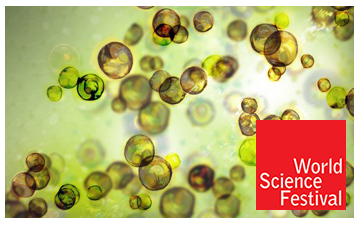
The WSF Coral Reef Deck was produced in collaboration with the 2012 World Science Festival‘s coral reef exhibit, Reefs As Never Before Seen. The exhibit premiered on May 31st, 2012, at the American Museum of Natural History in New York City.

Cyanobacteria
Prochlorococcus spp.



2 POINTS
Play: Prochlorococcus is a PLANKTON SPECIES.
Fact: This is possibly the Earth’s most plentiful species & accounts for an estimated 20% of the oxygen in the atmosphere.

Zooxanthellae
Symbiodinium spp.

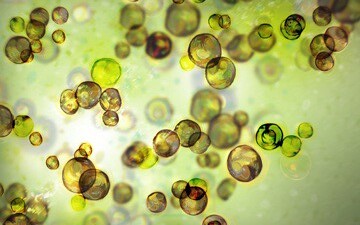
3 POINTS
• ZOOXANTHELLAE is a PLANKTON SPECIES.
• ZOOXANTHELLAE must be present to play WARM WATER CORAL SPECIES (SYMBIOTIC relationship).

Diatom
Chaetocerus spp.

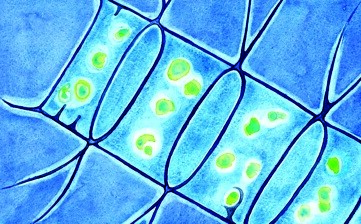
3 POINTS
• Prochlorococcus spp. is a PLANKTON SPECIES.

Coralline algae
Porolithon spp.

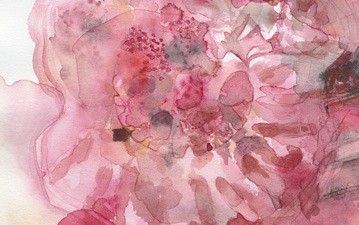
3 POINTS
• Porolithon spp. is an ALGAE and PLANKTON SPECIES.

Maiden’s Hair
Chlorodesmis fastigiata

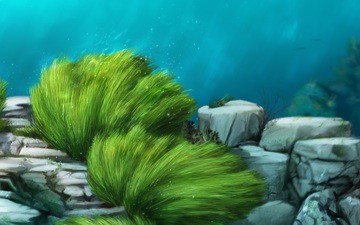

3 POINTS
• Chlorodesmis fastigiata is an ALGAE and PLANKTON SPECIES.
• It is also OPPORTUNISTIC and may be played on top of other PLANKTON cards (discard other PLANKTON card)